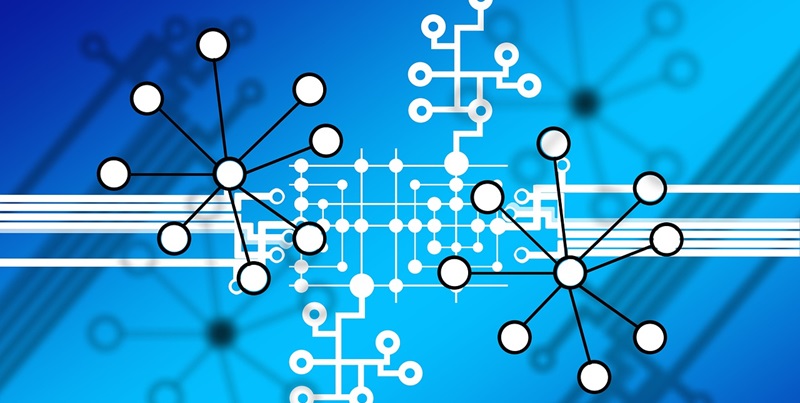In a landmark move within the blockchain sector, two of Asia’s prominent blockchain entities—Klaytn, developed by South Korea’s Kakao, and Finschia, rooted in the Japanese messaging giant LINE—have agreed to merge. Garnering strong support from their respective governance communities, with approval ratings reaching 90% for Klaytn and 95% for Finschia, this merger is slated to create Asia’s most extensive Web3 ecosystem. The integration, part of Project Dragon, is set to combine the two chains and foundations by the second quarter of the year.
After a surprising initial rejection of 99% in the first voting round in January, a revised proposal on February 5 paved the way for approval, demonstrating the fluidity and democratic nature of blockchain governance. The soon-to-be-united entity, with its headquarters in Abu Dhabi, anticipates leveraging a potential user base exceeding 250 million from the messaging services of LINE and Kakao, merged with a potent mix of over 420 DApps and ample Web3 resources.
Strategic Union and Road Ahead
In a strategic move, Klaytn and Finschia unite, leveraging the strong leadership of Kakao and the significant backing of SoftBank. This merger forges a potent blockchain compatible with Ethereum and Cosmos, fusing KLAY and FNSA into one currency. Aiming to advance infrastructure, draw institutional capital, and kindle inter-partner collaborations, this step also heralds the introduction of native stablecoins, propelling Asia’s blockchain progress.
The union is an extension of Klaytn’s 2019 launch by Kakao and Finschia’s debut as Link by LINE in 2018, recently rebranded to reflect its new governance model after setting up a foundation in Abu Dhabi. This strategic step conveys the crypto sector’s shift toward a more decentralized, interoperable landscape, marking a noteworthy contribution to an inclusive, unified Web3 framework in Asia.

